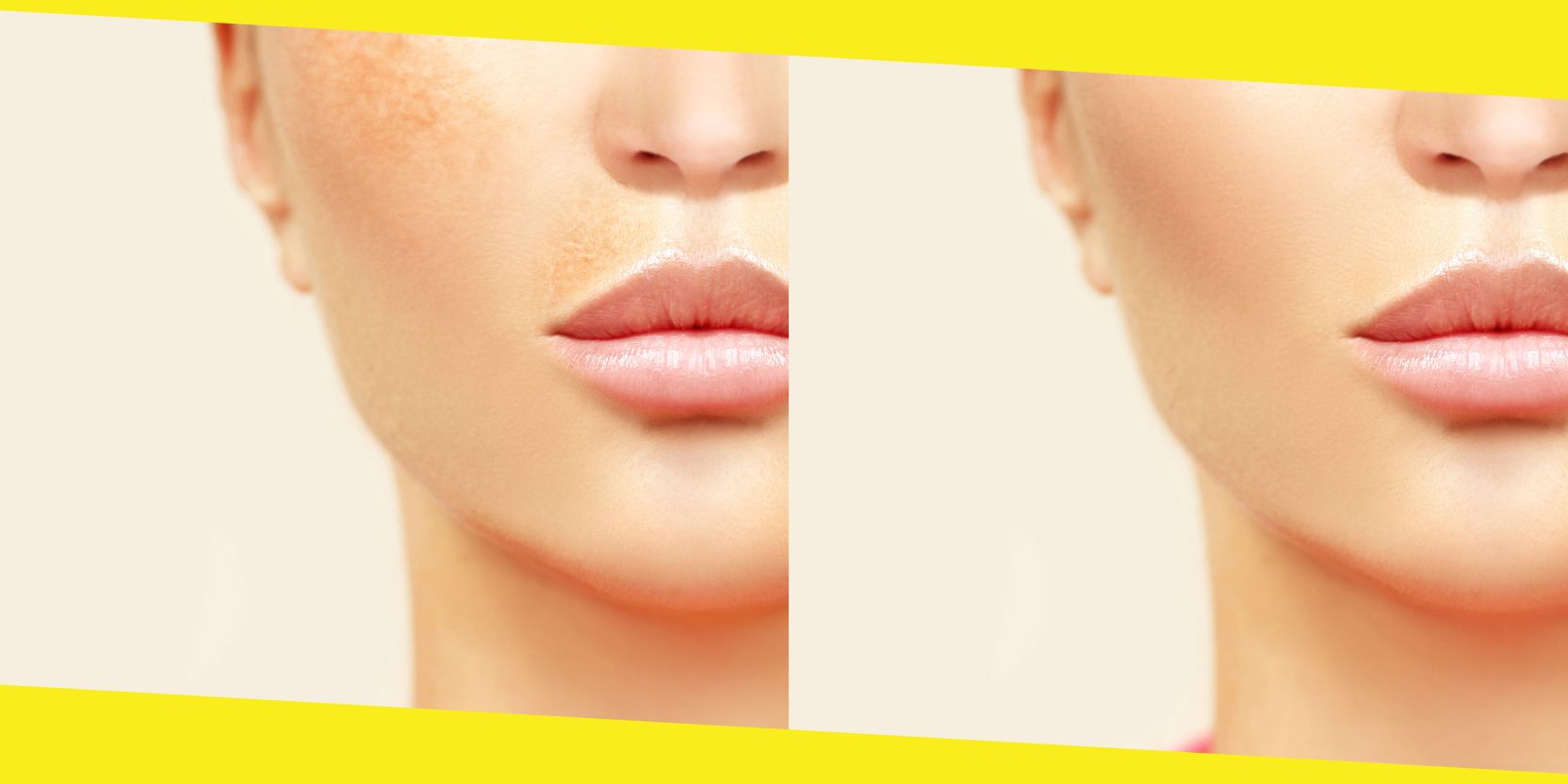
It happens to a lot of people: you look at your skin and notice an old blemish spot that won’t seem to fade or a new dark spot that wasn’t there before. This could be hyperpigmentation, a common skin condition that causes the skin to become darker in certain areas. There are several causes, but there are also ways to manage the problem.
Mister Golden Sun
Prevention is a big part of managing hyperpigmentation since it’s easier to avoid a problem than fix it. One of the top causes is sun exposure. When the skin is exposed to the sun, it produces more melanin as a defense mechanism. This can lead to dark spots and uneven skin tone. It’s just one more reason to always wear plenty of sun protection all year long.
Other Causes
There are also other reasons you’ll see hyperpigmentation. When the skin is injured or inflamed, such as from acne, eczema, or a cut, it can cause post-inflammatory hyperpigmentation. The body is trying to heal the damage but creates a new issue. Keeping skin issues under control with rosacea treatment azelaic acid can prevent flare-ups that will lead to blemishes and scars.
Hormonal changes can also cause hyperpigmentation. This is particularly true for women who are pregnant, taking birth control pills, or going through menopause. Certain medical conditions, such as Addison’s disease, can cause dark spots on the skin as well.
Benefits of Niacinamide Lotion
Once you see dark spots, you may wonder if there is anything you can do about them. One option is to use topical treatments, such as niacinamide. If you’ve ever wondered “what is niacinamide lotion used for,” here’s a good answer since niacinamide helps with hyperpigmentation in several ways.
First, it inhibits the transfer of pigment to skin cells, which can help to prevent the formation of new hyperpigmentation. It also decreases the production of melanin, the pigment responsible for skin color. Niacinamide comes in easy-to-apply formulas, including a convenient lotion from Foundation. You can apply it along with your other moisturizers and serums each day.
Another critical step in caring for hyperpigmentation is to protect your skin from the sun. Look for broad-spectrum sunscreen with an SPF of 30 or higher and wear a hat and protective clothing when you are outside.
Chemical peels are also an option for treating hyperpigmentation, along with microdermabrasion. Both of these procedures exfoliate the top layer of the skin, reducing the look of dark spots. These treatments can irritate the face and may require some healing time, so take caution when looking into these options.
Help Your Skin Look Its Best
Hyperpigmentation is natural and can happen to anyone. If it happens to you, you don’t have to hide your skin from the world. Learn to protect it with the right sunscreens and skin care from Foundation skincare, then work on ways to minimize the marks. With a few simple changes to your routine, you can go into the world feeling confident in your skin everyday.